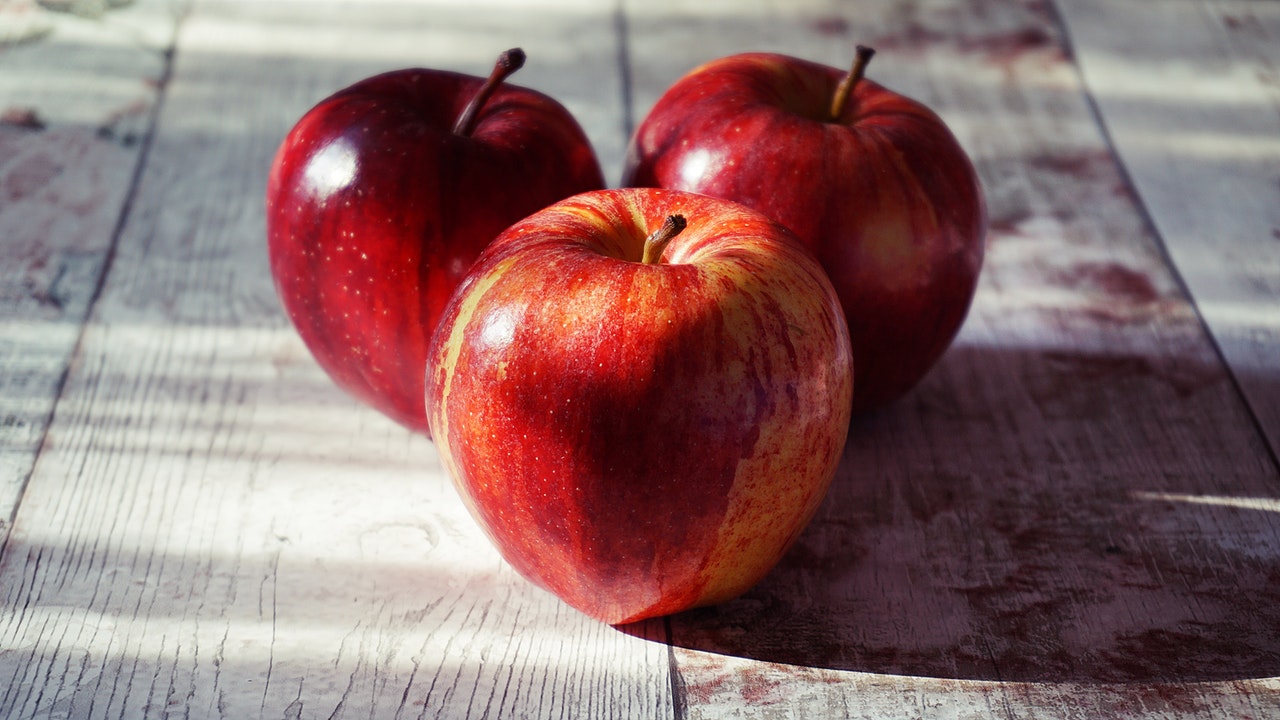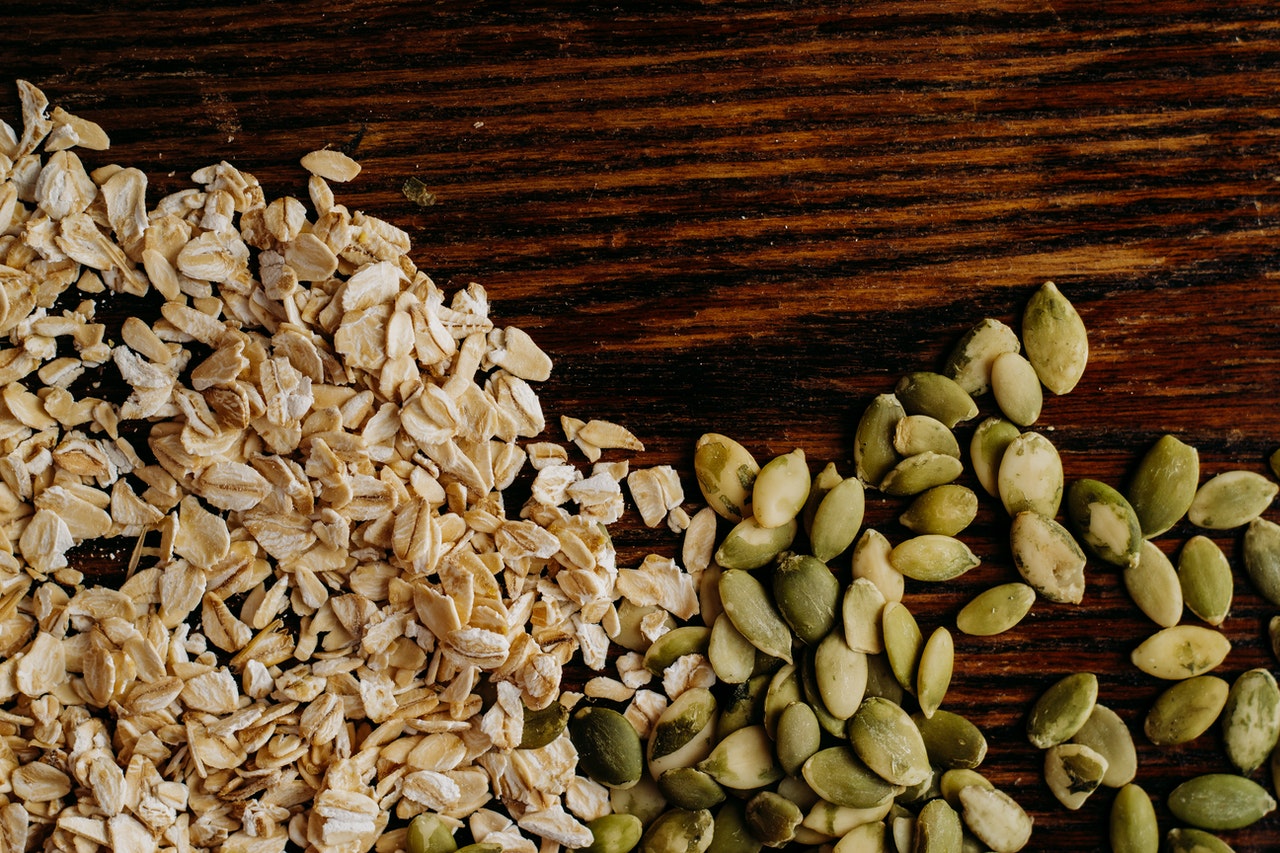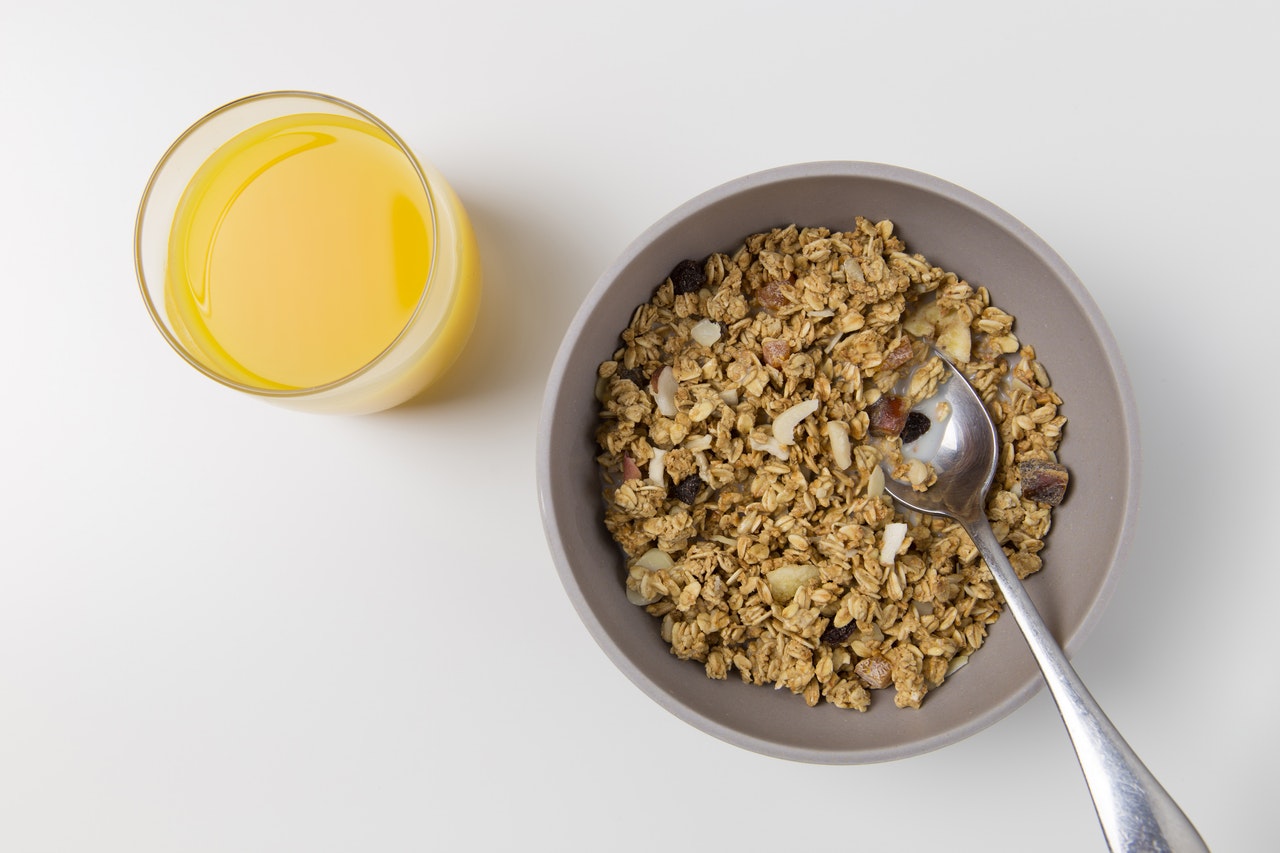Fiber is such an essential component of a healthy diet. But what is it, and how can it benefit our health?

There are two main types of fiber, soluble and insoluble. Ultimately, it all comes from plant sources, and is completely indigestible and non-absorbable. However, each works very differently in the body, and offers us different benefits. So, if we can’t digest or absorb it, how can we use this to our benefit? In this blog, we want to explain the main differences between soluble and insoluble fiber, how they impact our health, and where you can find them in your diet.
Soluble Fiber
Soluble fiber got its name because this form is very easily dissolved in water and other liquids (such as the gastric fluid in the stomach). When it dissolves, it transforms into a gel-like substance – this is important because this gel-like state is how it benefits our health.
Health Benefits
- Cardiovascular health: The gel-like nature of soluble fiber has some interesting properties. It may play a role in our cardiovascular health and weight status, because of its ability to inhibit the absorption of certain nutrients – fat and cholesterol in particular. In its gelled state, it can bind to and sweep up dietary fats and cholesterol as they are digested. Rather than be absorbed, the fat and cholesterol moves its way through the digestive tract and are excreted with the fiber. High amounts of dietary fat and cholesterol are known to contribute to poor cardiovascular health and even disease if left unmanaged. Therefore, adding it to your diet can be an effective way to promote cardiovascular health, and even weight status. It can prevent the accumulation of cholesterol, and can even minimize the caloric contribution of dietary fat.
- Blood sugar: This gel-state can also help stabilize blood sugar. As the gel binds with and mixes with other foods in the digestive tract, it slows the absorption of other nutrients. This can help prevent steep spikes in blood sugar, which is especially important for those with diabetes.
- Microbiome health: Our gut microbiome is fed by the foods we eat. And soluble fiber helps keep our gut bacteria healthy and happy! As a result, the bacteria in our microbiome will ferment the soluble fibers, producing vital nutrients as a result, such as short chain fatty acids, as well as some essential vitamins. [1]
Dietary Sources

You can find soluble fiber in a variety of foods, but here are some of the best sources:
- – Oats
- – Beans
- – Peas
- – Bananas
- – Sweet potatoes
- – Carrots
- – Oranges
- – Apples
Insoluble Fiber
Insoluble fiber, on the other hand, does not dissolve as its digested. Rather, it more or less maintains its structure as it travels throughout the digestive tract. It is part of the structural components of plants – think about the ribbing on celery, or on the skin of fruits, vegetables, and beans.
Health Benefits
The benefits of insoluble fiber are quite straightforward. It is massively beneficial for healthy digestion. Because it maintains its structure without being broken down much during digestion, it helps add bulk to digested food and absorbs water as it passes through the digestive tract. This aids the ease of digestion and excretion, and prevents constipation. Insoluble fiber helps keep you regular!
Insoluble fiber (and soluble for that matter) is also great for promoting satiety, meaning it can help keep you fuller, longer! This is why it is often thought to be an important factor in maintaining a healthy weight! It may also be helpful for managing healthy blood sugar, as it has a role in promoting insulin sensitivity (meaning that the body is more sensitive to insulin, which helps lower blood sugar).
Now that you know the benefits of insoluble fiber, let’s cover the best sources of this important dietary nutrient. [1]
Dietary Sources
Here are some foods that are rich in insoluble fiber:
- – Whole wheat bran and flour
- – Cauliflower
- – Beans
- – Green beans
- – Potatoes
- – Nuts
Now that you know where to get your daily dose, it’s also important to know how much to eat on a regular basis. For men, it is recommended to consume 38 grams per day, and 30 grams per day if over the age of 50. For women, it is recommended to consume 25 grams per day, and 21 grams if over the age of 50.
However, it is suspected that many of us are not getting the fiber we need on a regular basis. In fact, some studies have shown that we are getting less than 50% of what we need! [2] So, it’s important to consider how much fiber you are getting on a daily basis! Are you getting enough?
Citations
- “Soluble and Insoluble Fiber: Differences and Benefits.” Medical News Today, MediLexicon International, https://www.medicalnewstoday.com/articles/319176#what-are-the-benefits-of-fiber.
- Anderson, James W et al. “Health benefits of dietary fiber.” Nutrition reviews vol. 67,4 (2009): 188-205. doi:10.1111/j.1753-4887.2009.00189.x
